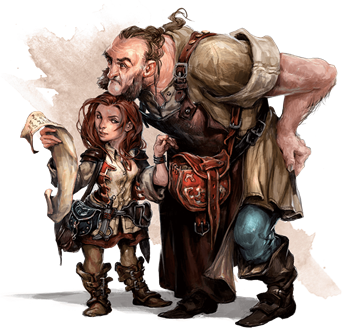
A few facets were left unexplored regarding the conclusion and will be examined at end of this article as there is overlap with those concerns and our subject today: the optimal damage per turn fighter and its variants, as well as a few words on Superiority Die.

Poisoners can coat their ranged weapon projectiles with poison as a bonus action, maximizing damage and poisoning their targets.In Part 1, the relative superiority of Half-Orc Great Axe Champion vs. They also gain the opportunity to make a crossbow shot as a bonus action after using their action to make a one-handed melee weapon attack. Crossbow Experts don't need to waste valuable combat time reloading bolts, and they can fire off shots at close range. Skulkers can hide when only lightly obscured, and they don't suffer disadvantage on Perception checks in dim light.įinally, Crossbow Expert and Poisoner are two other useful feats. On the off-chance that they miss, it'll be important not to reveal their position to the enemy, and Skulker guarantees the skills needed to remain hidden. Skulker is also ideal for this build because the majority of the player's shots will be coming from a position of stealth. When coupled with sneak attack and Hunter's Mark damage rolls, the Sharpshooter can really pack a long distance punch. Sharpshooter allows the character to take a -5 penalty to their attack roll and add +10 to their damage total. When opportunities to take a feat come up, Sharpshooter is one of the best options for this multiclass build.
#5e crossbow expert how to
Related: How to Use D&D Beyond to Create Homebrew Content Best Feats for the Rogue/Ranger Build

At level three, they get another d6, bringing their total up to 3d6 sneak attack damage. Plus, this is the point where they can also choose a Roguish Archetype to gain additional features. At second level, Rogues gain another d6 sneak attack damage and Cunning Action, which allows them to use dash, disengage or hide as a bonus action on each of their turns. While it's perfectly reasonable to get away with only one level in Rogue, taking up to three total provides some benefits that work well with this multiclass. When combined with the Ranger's Hunter's Mark damage, it can really stack up and make the character a bit of a ranged-combat monster. They also gain sneak attack, which allows them to get the edge on flanked enemies or attacks made with advantage and add an extra 1d6 damage.

This first level in Rogue will grant important features like Expertise, which allows the player to choose two skill proficiencies and double them.

Start out as a Ranger and level up to three before branching into the Rogue class. The majority of the build's levels will be taken in the Ranger class. Related: D&D: The Most Powerful New Magical Items Added In Fizban's Treasury Best Racial Options for the Rogue/Ranger This class may prioritize ranged combat, but a lot of the Ranger's important spells like Hunter's Mark are concentration-based, which means needing to make CON saving throws during combat. That means missing out on some HP for each level in Rogue, so buffing that CON stat will offer a higher modifier for every roll. DEX contributes to armor class, initiative rolls, attack rolls and damage bonuses, as well as boosting essential DEX-based skills like Acrobatics, Sleight of Hand and Stealth.Īs far as secondary stats are concerned, this build focuses heavily on the Ranger, so it'll be important to pour points into Wisdom to cater to important skills like Survival, Perception, Animal Handling, Insight and Medicine, as well as their spell attacks.Ĭonstitution is also important, as Rangers get 1d10 + their CON modifier when it comes to hit points, but Rogues only get 1d8. Both Rogues and Rangers draw their primary abilities from the same core stat, Dexterity, which means they should have no trouble meeting the ability score minimum of 13 to multiclass.


 0 kommentar(er)
0 kommentar(er)
